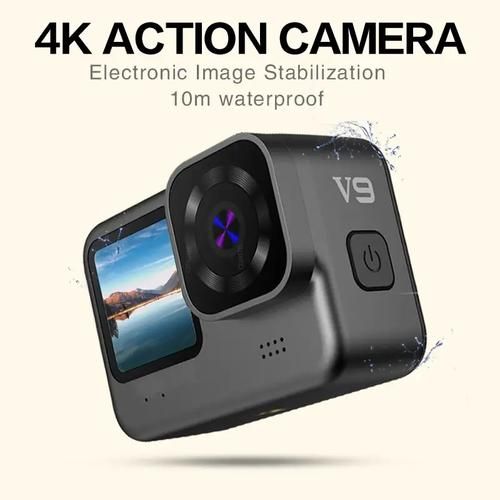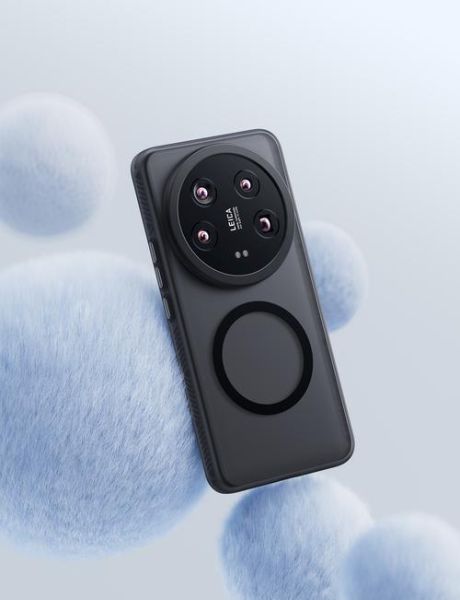The best *** artphone camera in 2024 is the one that balances sensor size, computational photography, and your personal shooting style.

Why 2024 Smartphone Cameras Feel Like DSLRs
Ask any street photographer in 2024 and they’ll tell you the gap between a flagship phone and a dedicated camera has narrowed to a hairline. **Triple-layer stacked sensors**, **AI-driven night modes**, and **periscope zoom lenses** now live in pockets, not camera bags. But how do you separate marketing hype from real-world performance?
Key Hardware Breakthroughs This Year
- 1-inch Sony *** T-900 sensor on the Xiaomi 14 Ultra captures 50 % more light than last year’s IMX989.
- Variable aperture f/1.4–f/4.0 on the Galaxy S24 Ultra lets you toggle depth of field without software blur.
- 200 MP tetrapixel binning on the Honor Magic6 Pro outputs 12.5 MP shots with 16-in-1 pixel fusion for insane dynamic range.
How to Benchmark a Smartphone Camera Like a Pro
Skip the showroom selfies. Instead, run these three quick tests in the first 24 hours after unboxing.
1. Controlled Low-Light Test
Place a color checker chart under a single 40-watt bulb. Shoot at 1/10 s handheld. **Look for chroma noise in the blue swatch**; if it’s clean, the multi-frame night algorithm is doing its job.
2. Backlit Portrait Challenge
Stand your subject against a sunset. Enable HDR and portrait mode simultaneously. **Check the hairline for halo artifacts**; the best systems separate foreground and background without edge glow.
3. Zoom Consistency Across Lenses
Frame a brick wall at 1×, 3×, and 10×. **Align the shots in Lightroom and compare mortar line sharpness**. A sharp drop-off between lenses means the periscope unit isn’t optically matched to the main sensor.

Top 3 Camera Phones of 2024 Compared
Xiaomi 14 Ultra
Pros: Leica Summilux glass, 14 EV dynamic range, 8K LOG video.
Cons: 220 g heft, no global 5G mmWave.
Best for: Travel shooters who print posters.
iPhone 15 Pro Max
Pros: 5× tetrapri *** zoom, ProRes 4K60, seamless ecosystem.
Cons: USB-C limited to 10 Gbps, still capped at 48 MP.
Best for: Content creators who edit on Final Cut Pro.
Google Pixel 8 Pro
Pros: Magic Editor, Video Boost, 7 years of OS updates.
Cons: Slower shutter lag in HDR, Tensor G3 throttles under sustained 8K.
Best for: Social-first users who hate manual sliders.
Computational vs Optical: Where Should You Invest?
Ask yourself: do I prefer **post-shoot flexibility** or **optical purity**?
- Computational (Pixel 8 Pro) gives you **Night Sight astrophotography** and **Best Take** for group shots.
- Optical (Xiaomi 14 Ultra) delivers **natural bokeh at f/1.4** and **zero shutter lag**.
If you print large, lean optical. If you post stories, lean computational.

Hidden Specs That Matter More Than Megapixels
Sensor Stabilization Travel
Look for **sensor-shift OIS with 5-axis compensation**. Anything less and 4K video will wobble on a bicycle mount.
RAW Bit Depth
14-bit RAW files hold **four trillion colors** versus 12-bit’s 68 billion. That latitude saves sunset skies from banding.
Lens Coating
ALD (atomic layer deposition) coatings reduce flare by **30 %** when shooting into stadium lights.
Real-World Battery Impact of Pro Camera Modes
Running 8K30 on the S24 Ultra drains **12 % per 10 minutes**. The same clip on the iPhone 15 Pro Max costs **9 %** thanks to A17 Pro efficiency cores. If you vlog all day, pack a 30 W PD power bank.
Future-Proofing: Should You Wait for 2025?
Industry leaks point to **liquid lens zoom** and **1.5-inch sensors** next spring. Yet Qualcomm’s Snapdragon 8 Gen 4 will still cap at 200 MP ISP throughput. Translation: **2024 hardware will stay relevant for three years**, especially if your phone ships with **seven years of OS updates** like the Pixel 8 Pro.
Quick Decision Matrix
| Priority | Pick | Reason |
|---|---|---|
| Low-light king | Xiaomi 14 Ultra | 1-inch sensor + f/1.4 glass |
| Video workflow | iPhone 15 Pro Max | ProRes + Final Cut Camera |
| AI magic | Pixel 8 Pro | Magic Editor + Video Boost |
Final Pro Tip
Before you tap “buy,” download sample RAW files from each brand’s press kit. Open them in Lightroom Mobile and push shadows +100. **The file that retains detail without color blotches is your winner.**

评论列表